The Pololū Valley Lookout Trail, also known as the Awini Trail, is one of the most scenic hikes on the Big Island of Hawaii.
It offers unmatched views of the Hamakua coast and leads down to a remote black sand beach and serene valley.
Keep reading to discover everything you need to know before hiking the Pololu Valley Lookout Trail!
What to Expect When Hiking the Pololū Valley Lookout Trail
Table of Contents
- Pololū Valley Lookout Trail Information
- How to get to the Pololū Valley Lookout Trail
- History of Pololū Valley
- What to expect when hiking the Pololū Valley Lookout Trail
Pololū Valley Lookout Trail Information
- Fee: Free
- Distance: 0.9 miles out and back
- Time: Plan for about 20 minutes to hike down, 30 minutes to hike up, and allotted time to enjoy the beach and valley scenery. About 1 1/2 hours in total.
- Elevation Gain: 344 feet
- Difficulty: Rated moderate.
- Kid-friendly: Yes, just use caution as the trail is steep and often muddy.
- Dog friendly: Yes, dogs are allowed on the trail but must be kept on a leash.
- Amenities: There are no restrooms located at the parking lot or down in the valley. The closest restrooms are at Keokea Beach Park about 10 minutes away.
- Hours: The trail is open year-round, and the best time to visit is at sunrise or later in the evening.
How to get to the Pololū Valley Lookout Trail
The Pololū Valley Lookout Trail is located on the northern tip of the Big Island in the North Kohala district.
Follow Highway 270 through the quaint town of Hawi. Stop and grab a bite to eat at the Bamboo Restaurant, then continue for about 8 miles until the road dead ends at the Pololū Valley Lookout.
The small parking lot located at the lookout point is 10-minute parking only for those that just want to visit the overlook.
If you are planning to hike down the trail, you’ll need to park in the designated area along the side of the road.
History of Pololū Valley
The Seven Sacred Valleys are a series of seven erosional valleys on the windward side of the Big Island along the Hamakua coastline.
These deeply cut gorges and imposing headlands are a result of volcanic activity, landslides, and water erosion that have occurred over the past 500,000 years.
The valleys are bookmarked with Pololū Valley on the north, and the well-known Waipo Valley on the south.
For centuries, early inhabitants of the Pololū Valley cultivated the rich pastoral lands and successfully produced taro crops.
However, the settlements were abandoned in the early 1900s and no one has lived in the valley since.
The valley still remains undeveloped and relatively untouched which preserves its rugged beauty.
The area also holds historical significance as the birthplace of King Kamehameha. He is credited with unifying all of the Hawaiian islands in 1810 after a long history of conflict.
What to expect when hiking the Pololū Valley Lookout Trail
After parking and making your way to the trail, you’ll find local volunteers, or “stewards”, at the trailhead. They are part of a recent initiative that has been put into place to educate visitors.
The stewards are there to answer any questions and to remind visitors to be respectful when visiting as this is considered a sacred area.
Take a minute to stop and talk to them. They have great historical and cultural insights to share about the area.
The Pololū Valley Lookout is located just steps away from the parking lot. Here, visitors can take in the expansive views over the pastoral valley and rugged coastline.
Many visitors just come for the view and then leave. However, for even more impressive views, take the Pololū Valley Trail (also known as the Awini Trail) down to the floor of the valley.
The short 0.45-mile trail steadily descends almost 400 feet in elevation. The trail is well-worn and easy to follow as it leads down through the tropical forest.
Just use caution and wear proper footwear as the packed clay becomes quite muddy and slippery after it has been raining. There are also large loose rocks and tree roots so watch your step.
As you make your way down, there are two open lookout points along the way that offer even better views than the overlook at the top.
From these vantage points, you’ll see the series of austere cliffs at the head of each of the seven valleys.
You’ll also have a birds-eye view of the breathtaking Pololū Beach and the verdant Pololū Valley below.
If you don’t have the time or the energy to hike all the way to the bottom of the valley, I would at least make it down about a quarter mile to the first lookout point.
Once you reach the bottom, you will enter the serene Pololū Valley. The valley is fed by the freshwater Pololū stream before it empties into the ocean.
You’ll often see cows grazing in the meadow at the base of the surrounding 500-foot cliffs, it truly is a picturesque scene.
You’ll also find shade trees and a few rope swings on the bank of the stream.
It’s the perfect spot to relax and enjoy the tranquility.
And if the craggy cliffs look like something from the Jurassic Era, you won’t be surprised to find out that scenes from the 1997 blockbuster movie The Lost World: Jurassic Park were filmed at Pololū Valley.
A short walk will also take you to the windswept Pololū Beach. This small stretch of black sand is tucked into the shadows of the commanding cliffs.
It is similar to the famous Punalu’u black sand beach near South Point, however, this remote location means that you won’t be sharing this beach with throngs of tourists.
Just keep in mind that swimming is not advised at Pololū Beach due to the strong undercurrent and the Portuguese Man o’War jellyfish that frequent the waters.
You’ll notice that the beach is backed by an ironwood forest and black sand dunes carpeted in vegetation.
These dunes reach up to 100 feet tall and are spread across the valley floor.
The dunes are actually sacred burial mounds and visitors are prohibited from climbing them. They are clearly marked off, so be respectful and keep your distance.
The Awini Trail used to continue past the beach and up the far ridge before descending down into the neighboring Honokane Nui Valley.
However, this portion of the trail is now closed after the beach. It is unclear if this is because it crosses over private property and sacred grounds, or if it is due to earthquake damage.
After you spend time relaxing and soaking in the scenery, head back up the trail the same way that you came.
The steady incline will get your heart pumping, but it is a short hike with rest stops along the way.
It is definitely worth the effort as this trail continuously gets ranked as one of the top hikes on the Big Island, along with the Kilauea Iki Trail.
Luckily, the trail is mostly shaded which provides some relief. Just be sure to pack plenty of water and avoid hiking in the heat of the day.
Even though the trail is short, many hikers underestimate how much water they will need.
There are no water fountains in the valley, but there is a small roadside fruit stand a few miles up the road where you can get snacks and drinks.
The Pololū Valley is one of our recommended stops while spending a week on the Big Island. For a complete itinerary, see our guide for the Best Things to do on the Big Island in One Week.
I hope this guide will help you to know what to expect when hiking the Pololū Valley Trail. And if you are planning to explore more of the Big Island, here are some recommended guides:
Pin it for later:
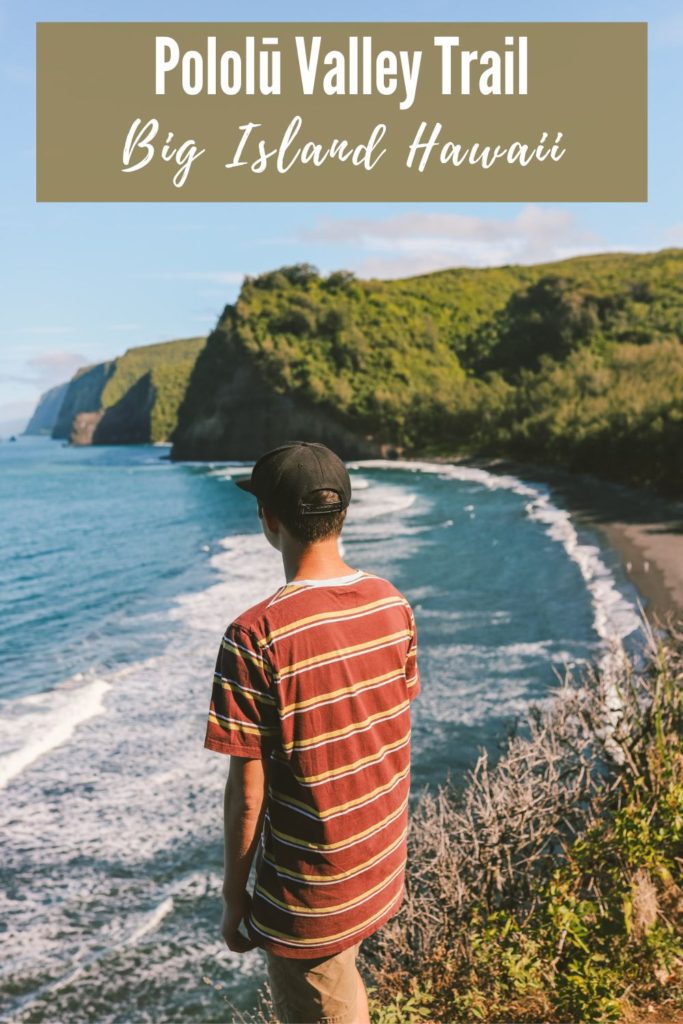
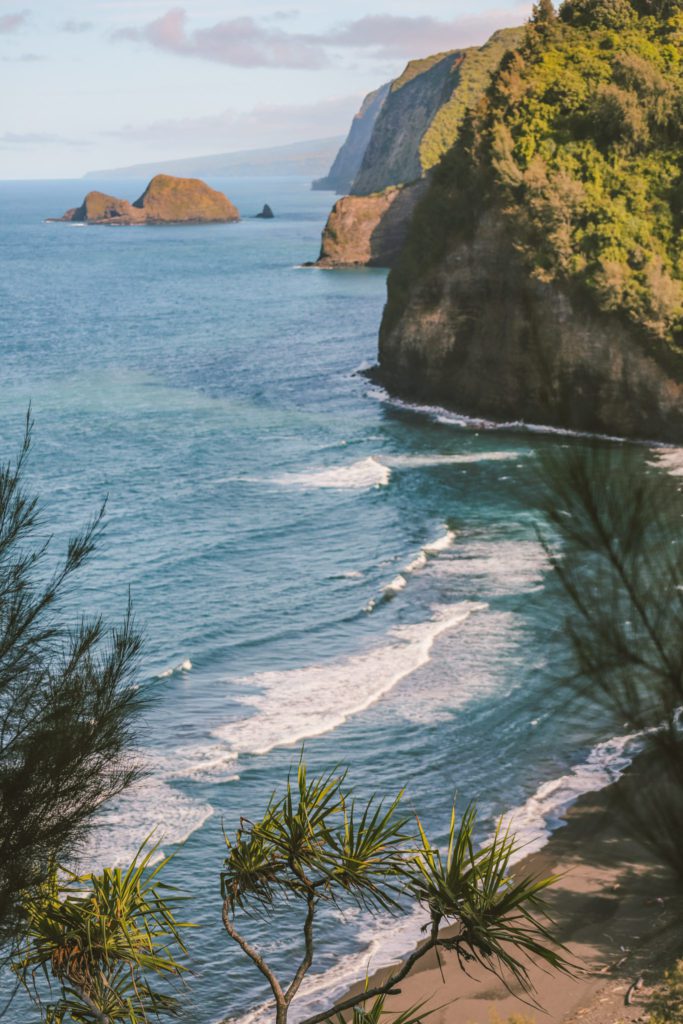
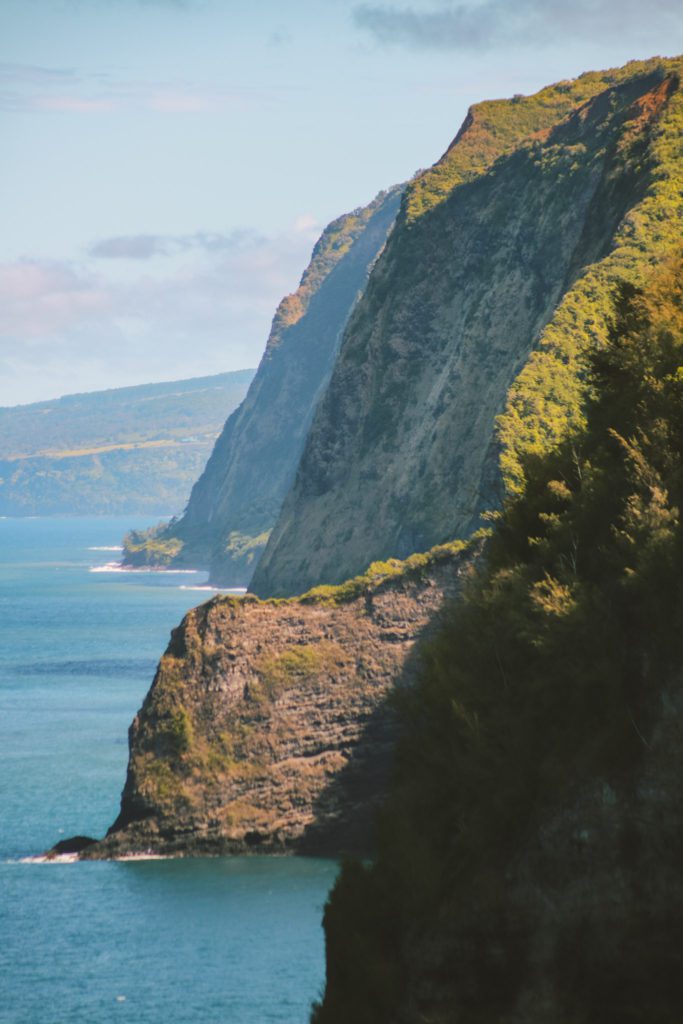
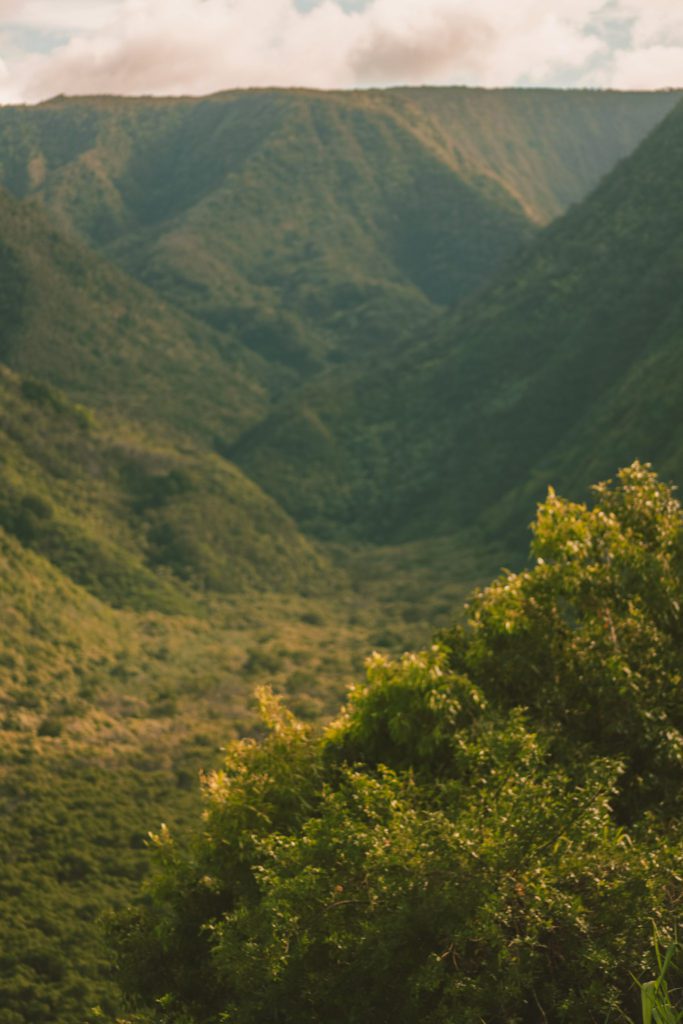
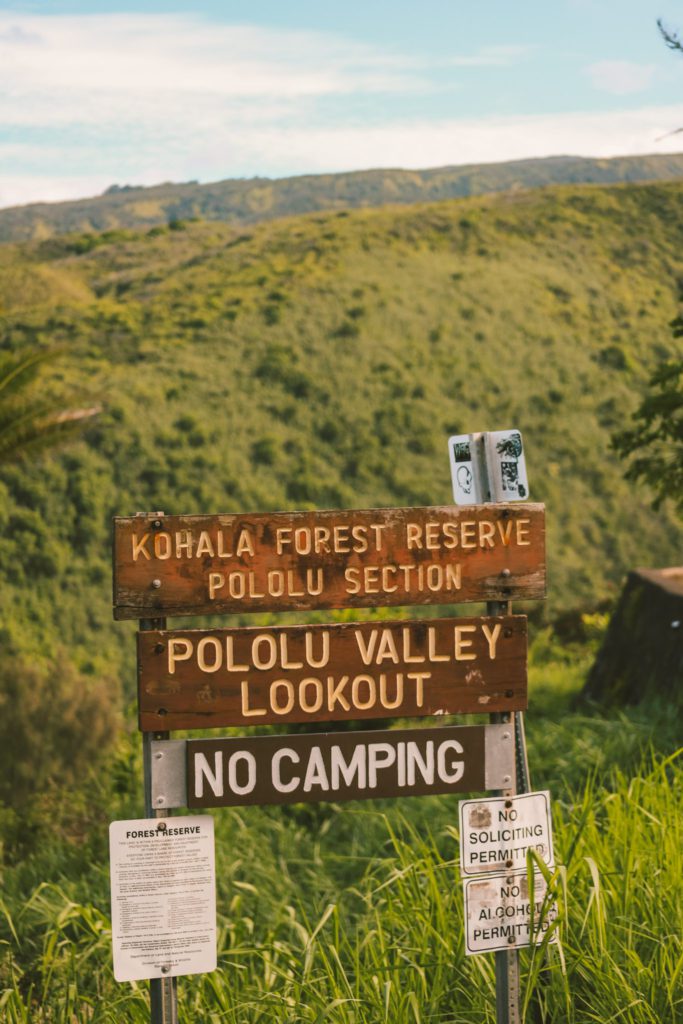

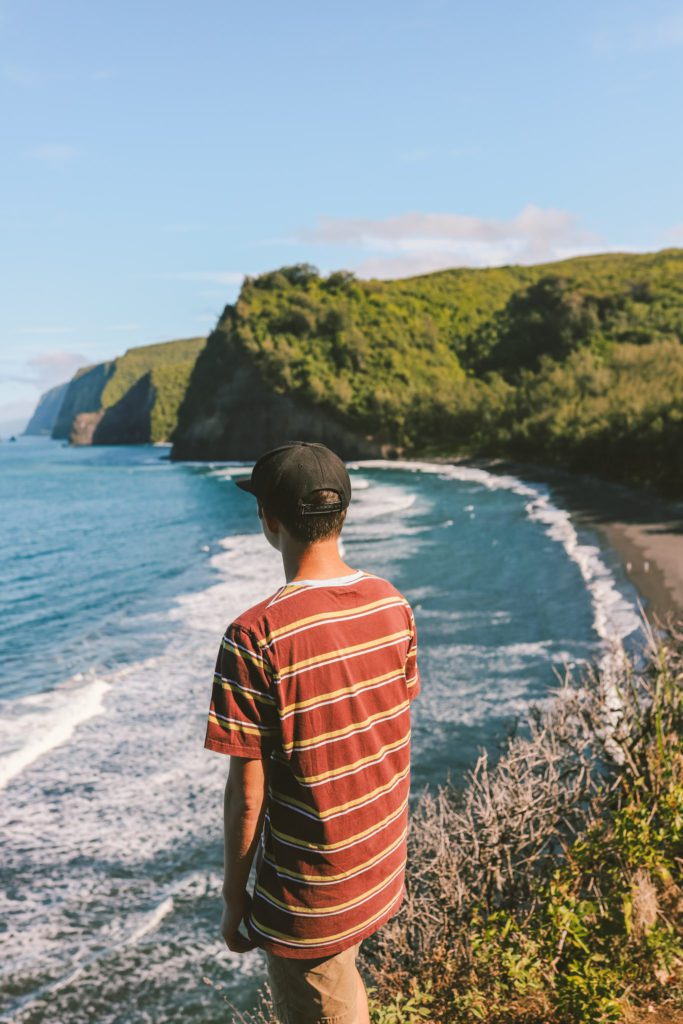
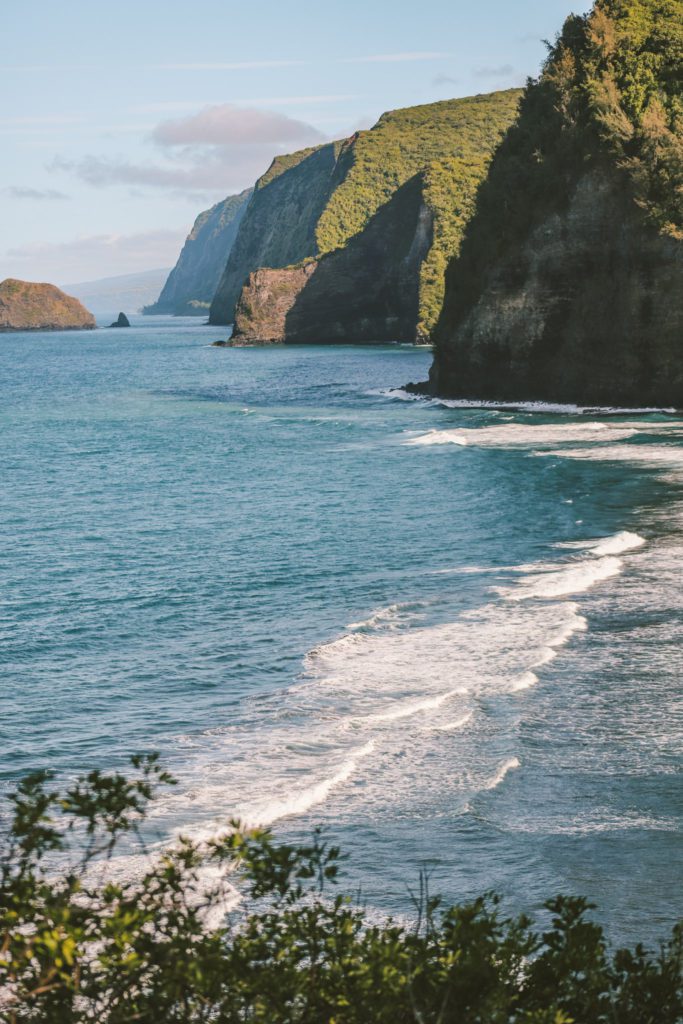
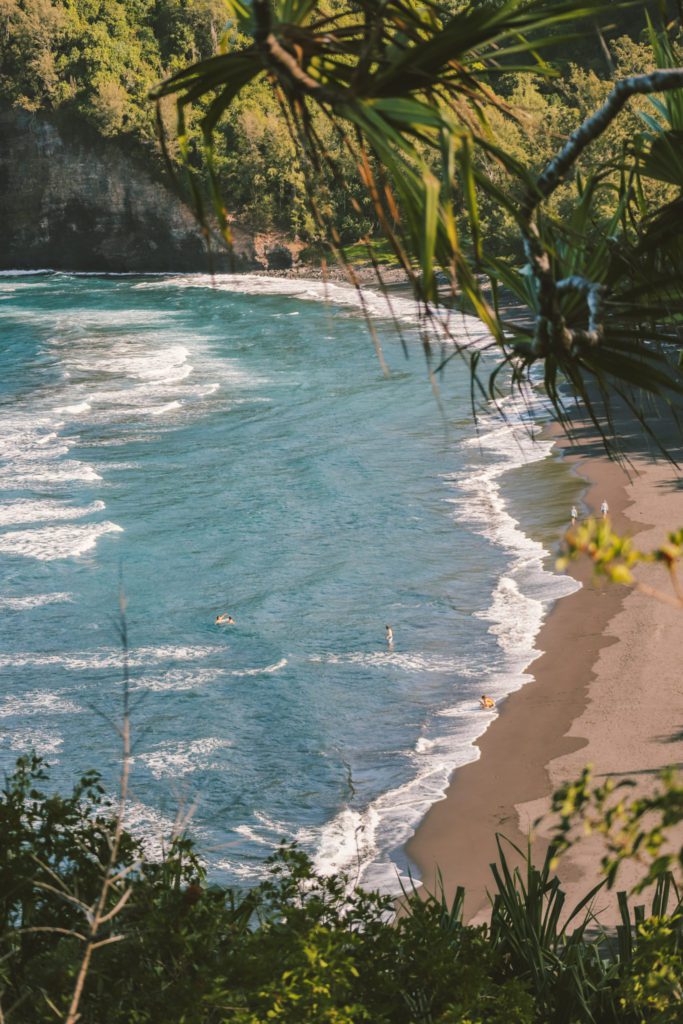


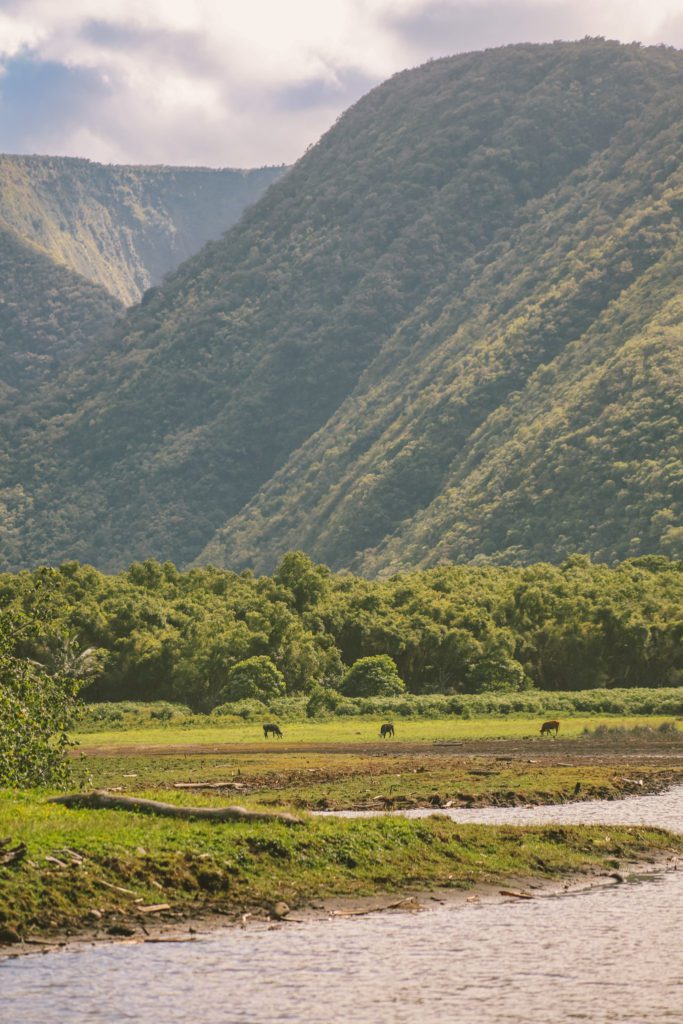
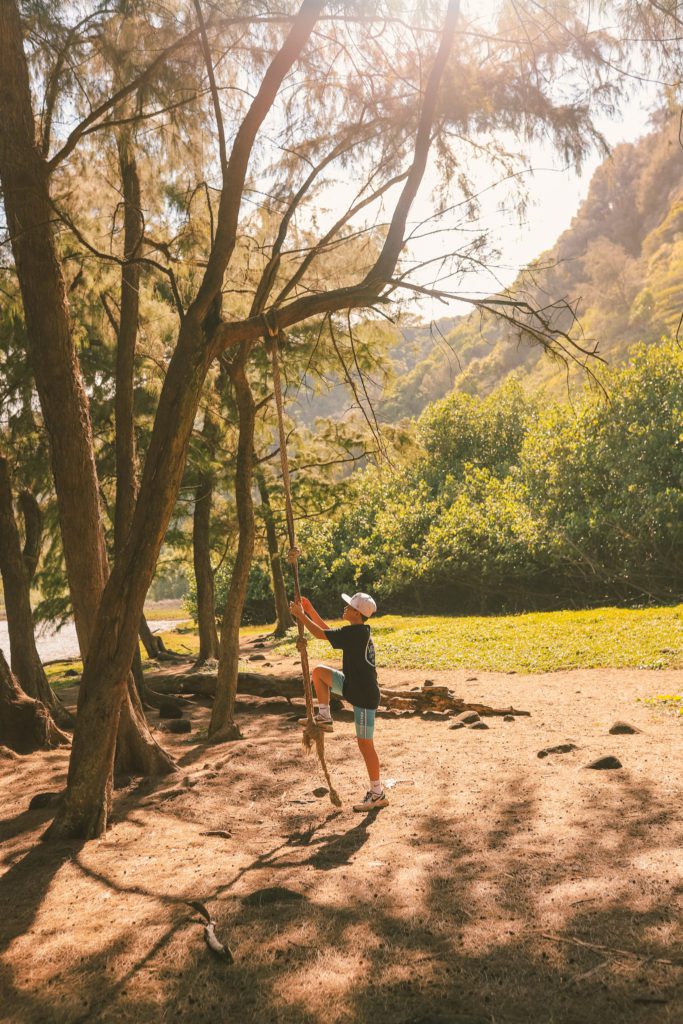

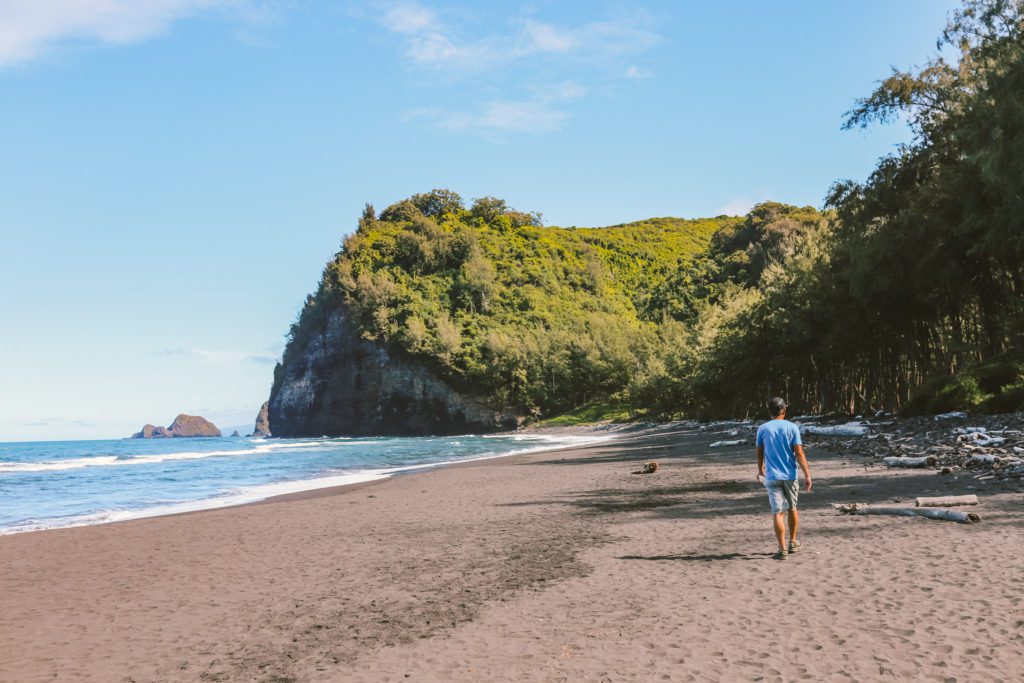

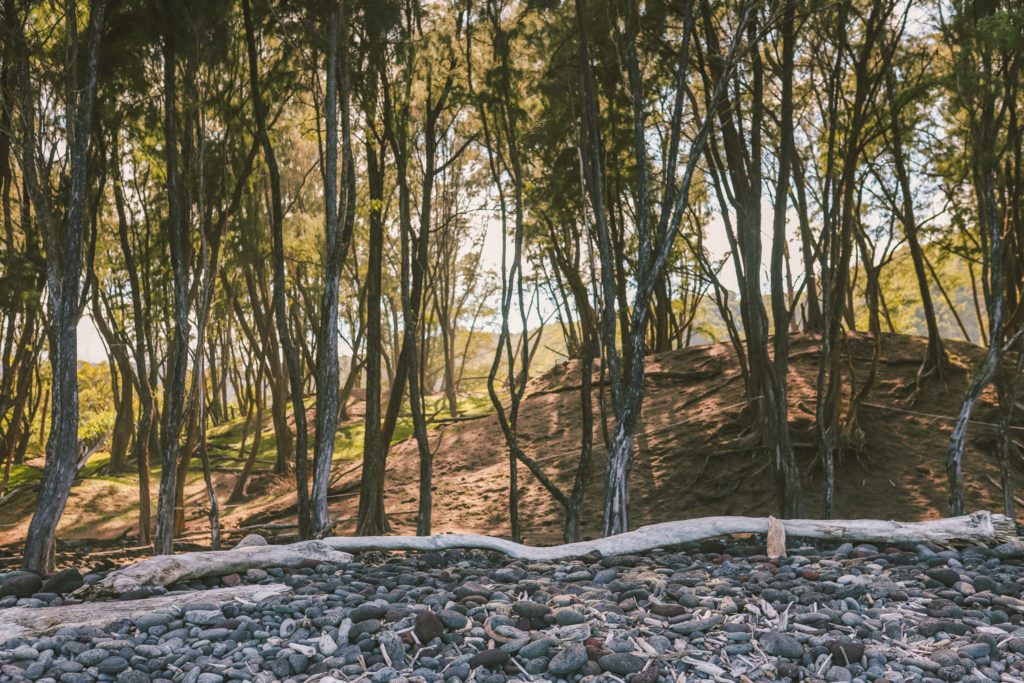
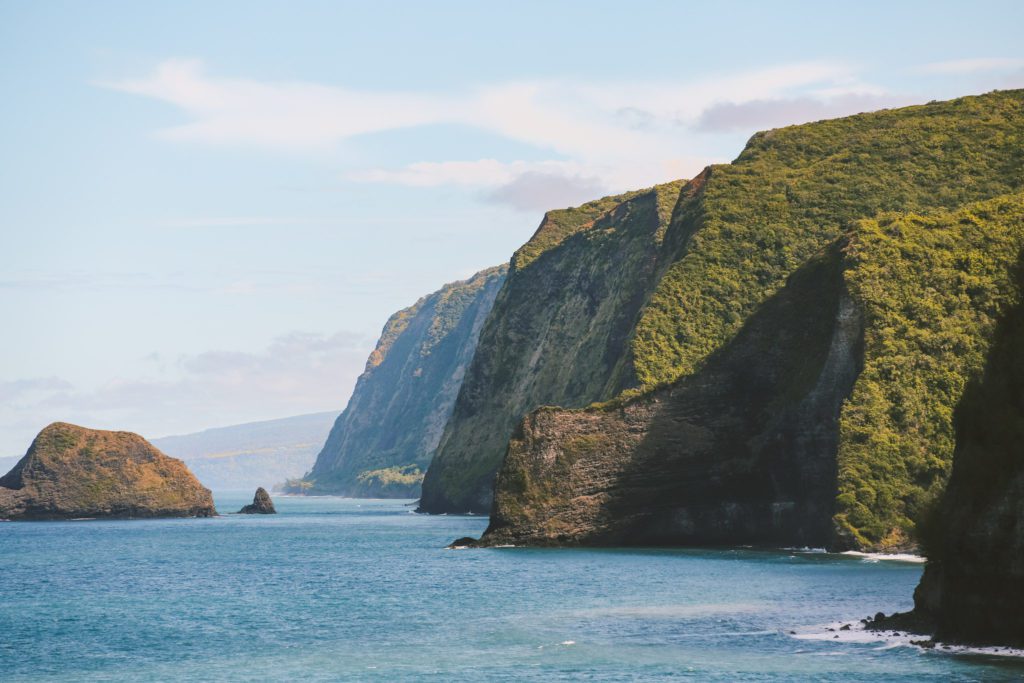
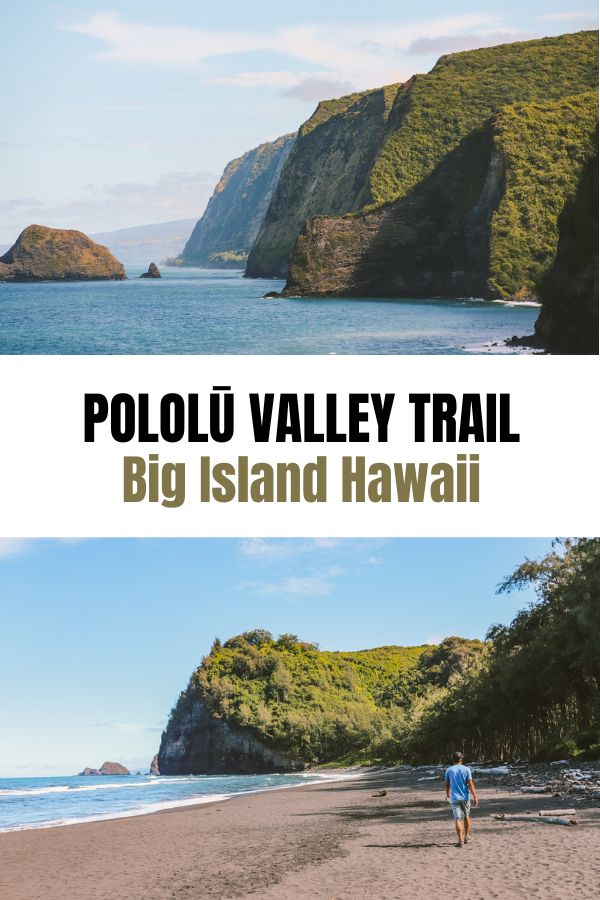

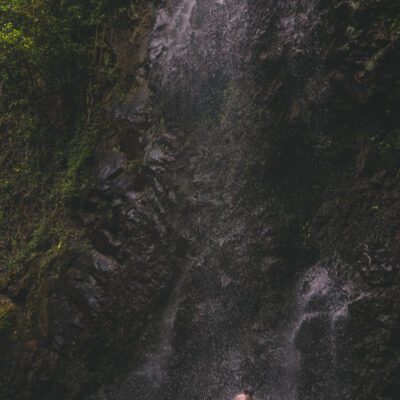

[…] beautiful black sand beach can be found at Pololū Valley in the northern region of the Big […]